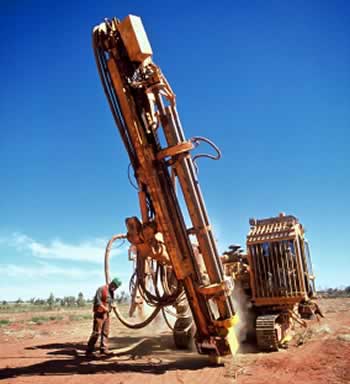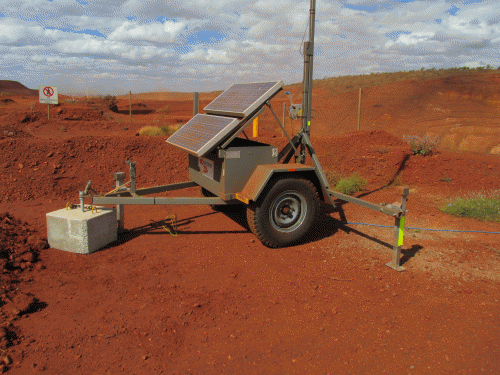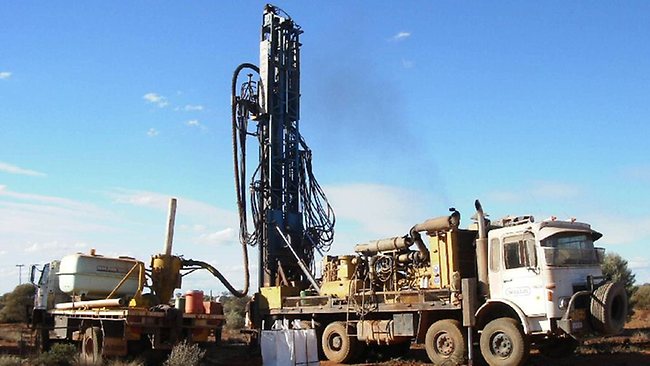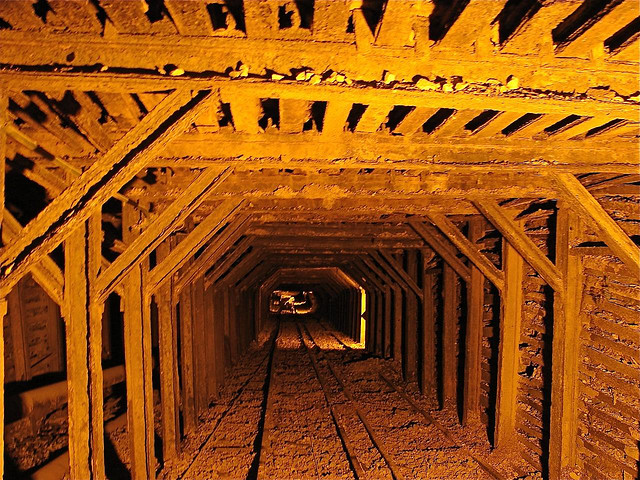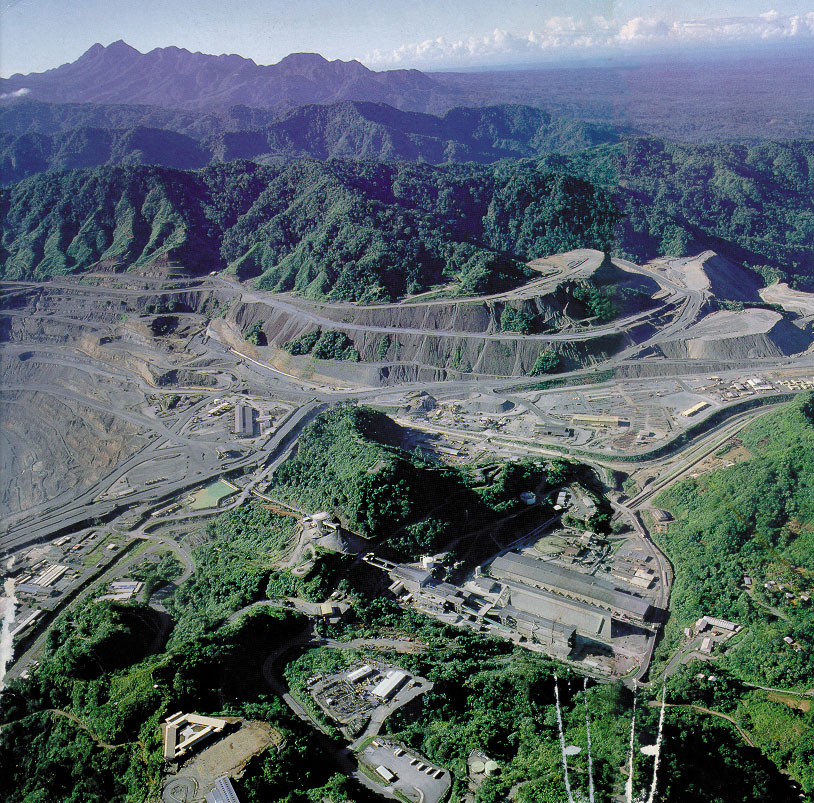Hearst, Haggin, Tevis and Co.
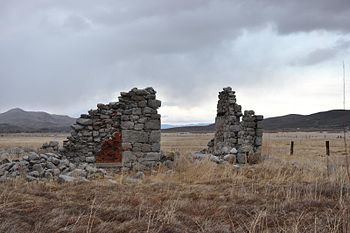
Company Location
Company Description
Hearst, Haggin, Tevis and Co., a company started in California in the 1850s and headed by San Francisco lawyer James Ben Ali Haggin with Lloyd Tevis and George Hearst, grew to be the largest private firm of mine-owners in the United States. Hearst himself acquired the reputation of arguably being one of the most expert prospector and judge of mining property on the Pacific coast, and contributed to the development of the modern processes of quartz mining.
Hearst, Haggin, Tevis and Co. (L) was a mining company formed in 1877 by George Hearst, James Ben Ali Haggin, Lloyd Tevis, and William S. O’Brien. The company was created to take advantage of the gold and silver mining opportunities in the western United States. The company owned several major mines in California, Nevada, and Arizona, including the Comstock Lode in Nevada, the San Francisco Mine in Arizona, and the Mohave Mine in California.
The company was founded by George Hearst, a successful businessman who had made his fortune in the newspaper industry. He had acquired several newspapers in California and San Francisco, and he was looking to expand his business interests. He found his opportunity in the gold and silver mines of the western United States.
Hearst, Haggin, Tevis and Co. was a major player in the western mining industry. They owned several major mines in California, Nevada, and Arizona, and they employed thousands of miners. The company was successful in its early years, and they made a fortune from their mining operations.
The company was also involved in other business ventures, such as banking and real estate. They were one of the largest landowners in California and Arizona, and they owned several large hotels in San Francisco.
Hearst, Haggin, Tevis and Co. was one of the most successful mining companies in the western United States in the late 19th century. They made a fortune from their mining operations, and they were a major player in the western mining industry. They were also involved in other business ventures, such as banking and real estate, and they were one of the largest landowners in California and Arizona. The company was dissolved in 1902, but their legacy lives on in the western mining industry.
Related Companies:



